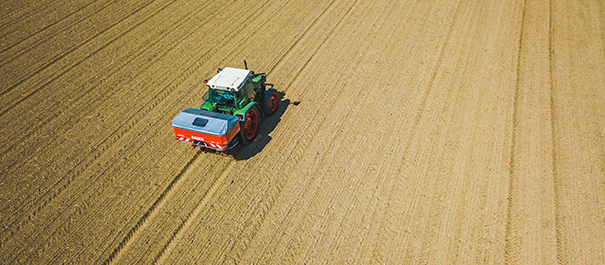






(Unit/t of production)
(Unit/t of production)
N
18
15
Very Sensitive
P2O5
7
6.5
Very Sensitive
K2O
12
5.5
Very Sensitive
MgO
1.6
1.3
Sensitive
SO3
3.5
2.9
Sensitive
TE
Manganese: 400-500g/ha
First application

Second application

For malting barley, a single dose of total nutrient requirements before cultivation:
Malting barley requires concentrated nutrients at the beginning of development. Thus, fertilization prior to sowing has proved successful. All of the nutrients can be applied in one dose. The nitrogen quantities required depends on mineralisation from the soil, and on the amount taken up by the barley; this corresponds to approximately 80kg N/ha. With the application of an NPK fertilizer, all the main nutrients are made directly available at the beginning of growth. During the short growth period from March to June, any nutrient deficiencies will lead to a considerable loss in yield. In dry phases 2l/ha manganese sulphate or manganese nitrate in liquid form ensure the yield potential during tillering.
Use NutriGuide to find the best product for your conditions.
For feed barley, additional nitrogen dose at the end of tillering:
For a well-developed feed barley with particularly high yield expectations, a fast-acting N-supplementary fertilization of 30-40 kg N/ha is necessary at the end of tillering. This dose maximises yield and leads to a high protein content, which is desirable for feed barley but not for malting barley. As a general rule for feed barley, apply 2/3 of the amount in the first dose and 1/3 in the second dose.
LAT Nitrogen Austria GmbH
St.-Peter-Strasse 25
4021 Linz, Austria















